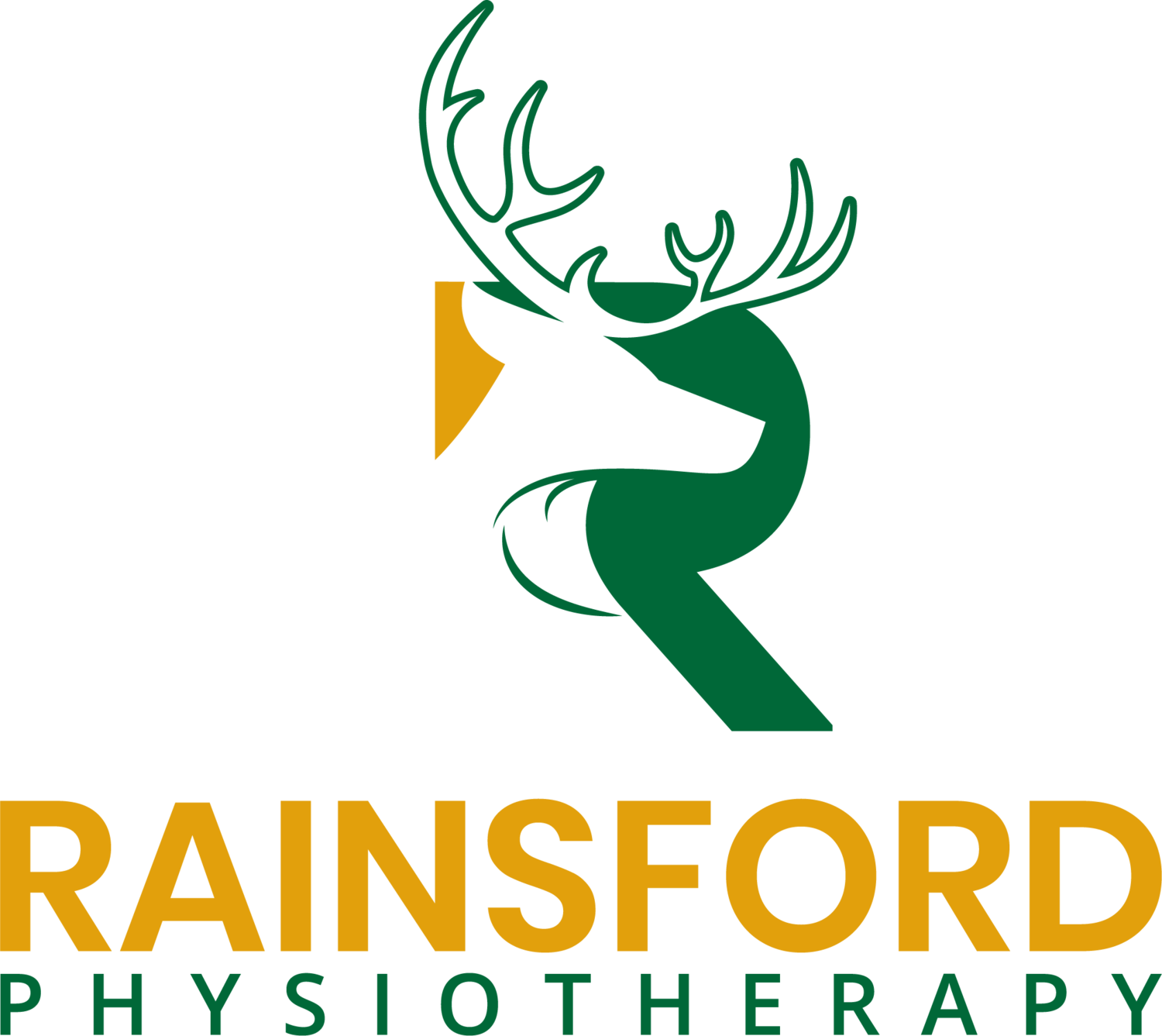Heart Rate Variability (HRV): An Insight into Well-being
Smart watches are just one way to monitor HRV. In fact, chest strap monitors are generally considered more accurate.
On the topic of health monitoring, various parameters such as weight, blood pressure, steps taken, calories burned, heart rate, and blood sugar can now be easily measured and tracked within the confines of our homes. Among these, researchers are delving into a relatively novel metric known as Heart Rate Variability (HRV), exploring its potential as an indicator of resilience and behavioral adaptability.
Understanding HRV:
HRV is a straightforward gauge of the time intervals between consecutive heartbeats. This variability is intricately regulated by the autonomic nervous system (ANS), a primitive component that oversees essential bodily functions like heart rate, blood pressure, breathing, and digestion. The ANS is comprised of the sympathetic and parasympathetic nervous systems, commonly known as the fight-or-flight mechanism and the relaxation response.
The hypothalamus, a brain region in perpetual information processing mode, receives signals from the ANS, influencing the body to either activate or relax various functions. Whether responding to a challenging day at work or the exhilaration of life-changing news, your body navigates through diverse stimuli. However, persistent stress, inadequate sleep, poor diet, dysfunctional relationships, social isolation, and lack of exercise can disrupt this delicate balance, causing an overactivation of the fight-or-flight response.
Monitoring Heart Rate Variability:
Traditionally, electrocardiograms conducted in medical settings have been the gold standard for analyzing HRV. Recent advancements in technology have introduced apps and wearable heart rate monitors that offer comparable insights. While the accuracy of these methods is still under scrutiny, the technology is continuously evolving. For those interested in exploring HRV tracking, chest strap monitors are generally considered more accurate than wrist devices.
HRV as a Health Metric:
HRV presents a noninvasive means of identifying imbalances in the autonomic nervous system. Analyzing data from numerous individuals suggests that a lower HRV corresponds to a heightened fight-or-flight state, while a higher HRV may indicate a more relaxed state. This opens up intriguing possibilities – individuals with high HRV may exhibit enhanced cardiovascular fitness and increased stress resilience. Furthermore, HRV could offer personalized insights into lifestyle choices, motivating those seeking a healthier life. By incorporating mindfulness, meditation, improved sleep, TRE, and physical activity, individuals might observe correlations with changes in HRV, providing a numerical representation of their nervous system's response to both the environment and emotional experiences.
Considerations and Conclusion:
Despite the growing interest in tracking HRV, questions linger regarding accuracy, reliability, and overall utility. While HRV has been associated with general physical fitness, a deeper understanding of the correlation between HRV changes and autonomic nervous system functionality requires further research. It is crucial for individuals using HRV data as part of their health metrics to remain cautious – a high HRV does not warrant unwavering confidence, nor does a low HRV merit undue concern. Rather, think of HRV as an additional tool to gauge how your body and mind respond to daily experiences.
- Thanks for reading and keep looking for more posts in the future on other ‘hot topics’ in the world of Physiotherapy and Physical Rehabilitation!

